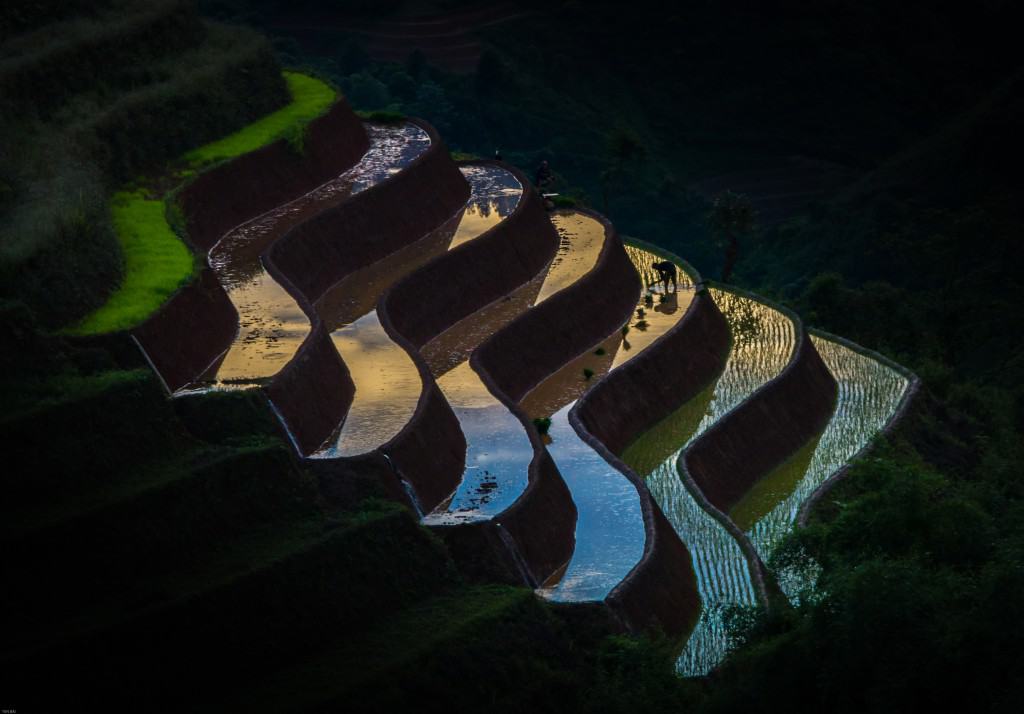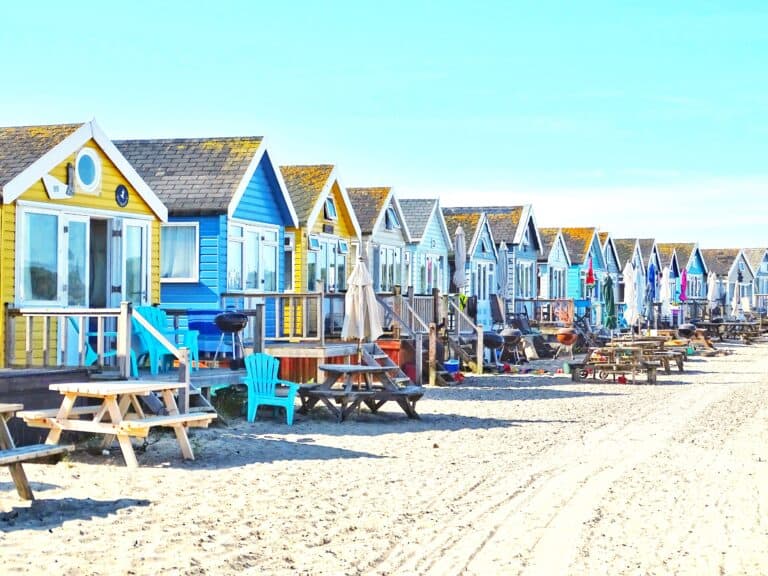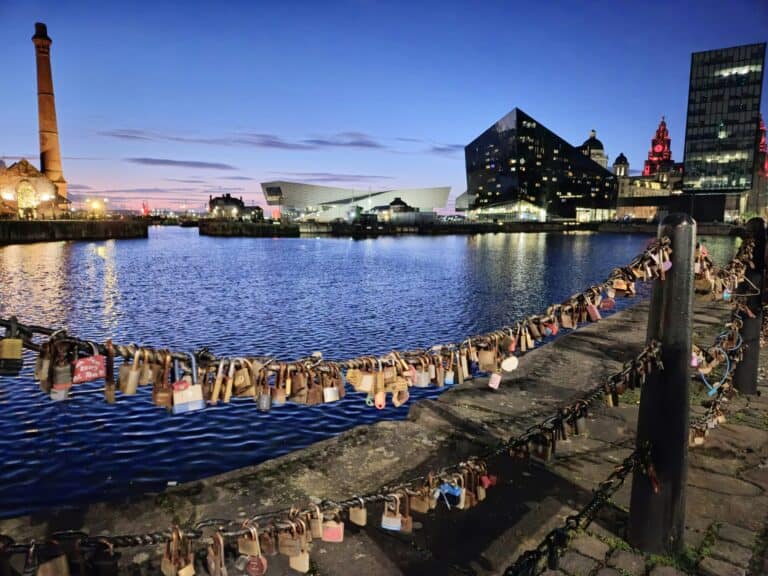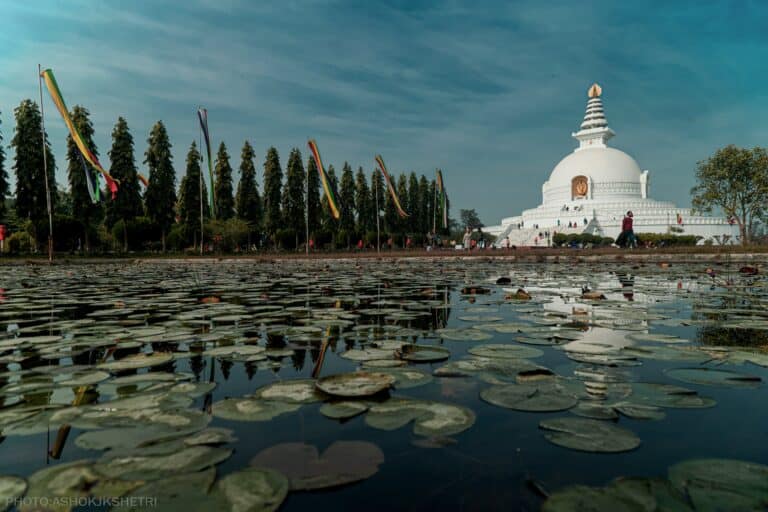Vietnam was one of my first long-distance, far-flung destinations.
The country captured my imagination from a young age.
I last visited Vietnam in 2000. It didn’t seem that long ago until I suddenly remembered it’s 2023 and 23 years have elapsed. Time to go back, I think.
Invaded by the Chinese, the Mongols, the Japanese, the French and most recently, the Americans in 1965, Vietnam has had its fair share of unwanted “visitors”. The history, architecture and food are all reflected in this. With dramatic scenery and delectable cuisine, this country is a show-stopper. My trip took me from the north to the south, so let’s dive in and see what the best spots are for a north-south trip or vice versa.
Northern Vietnam
Sapa
Nestled amidst the Tonkinese Alps, concealed within the clouds, lies the enchanting French hill station of Sapa. This exquisite corner of southeast Asia captivates you with its breathtaking beauty. These valleys are adorned with emerald rice paddies and are the home of the H’mong and Dao hill tribes. While scenic treks are a major attraction, Sapa offers more to enjoy. Personally, one of the highlights for me was the cuisine, featuring unique dishes exclusive to this remote location and its hill tribes.
Situated in the secluded northwest of Vietnam, Sapa enjoys its most pleasant climate from March to May and September to November. Since there are no flights directly to Sapa, the best way is to take an overnight train from the northern city of Ha Noi.
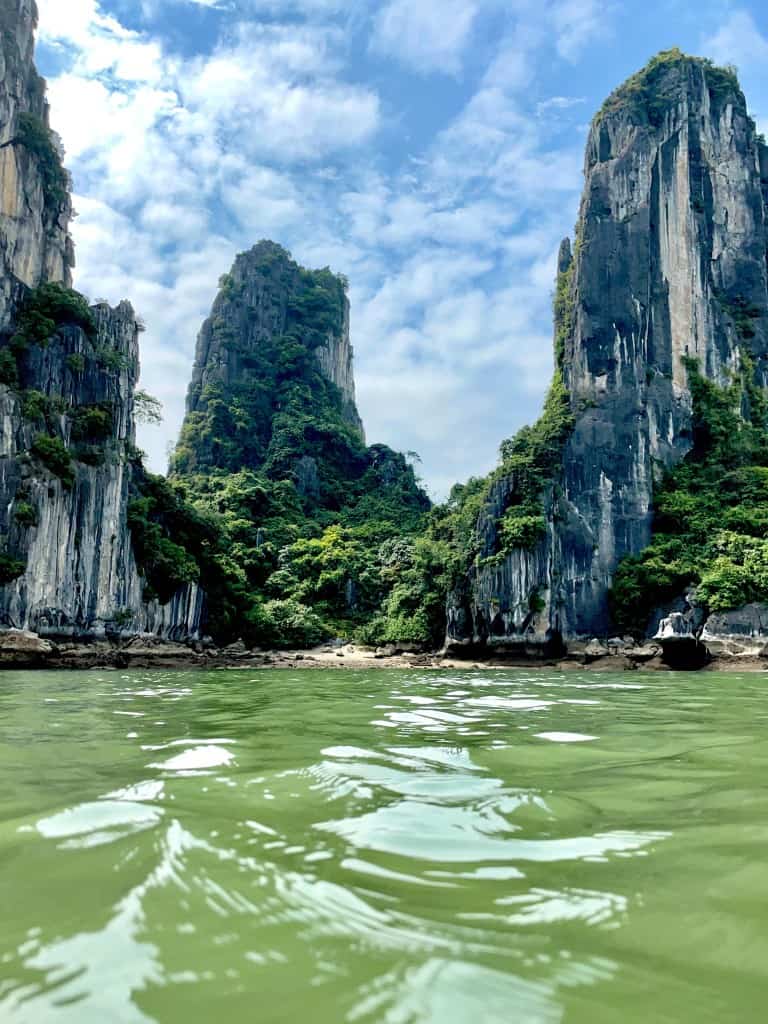
Ha Long Bay
Ha Long Bay is one of Vietnam’s most iconic and photographed destinations. When I visited this enchanting place years ago, it was still undiscovered by foreign visitors. Its status as a UNESCO World Heritage site is attributed to the combination of emerald waters and limestone karsts adorned with lush rainforests. Since being named one of the New 7 Wonders of the World in 2011, visitor numbers have increased dramatically.
Jump on a traditional junk boat and embark on an unforgettable voyage, immersing yourself in the landscape. Cruise past floating villages like Cua Van, Vung Vieng, and Cong Dam, and kayak amidst breathtaking caves and karsts. This is the ultimate way to discover one of Vietnam’s most exquisite destinations.
Ha Long Bay lies in the northeast region and can be reached via a four-hour drive from Ha Noi. Transport options include trains, buses or private vehicles. For the best experience, plan your visit during March and April, as well as in September and October.
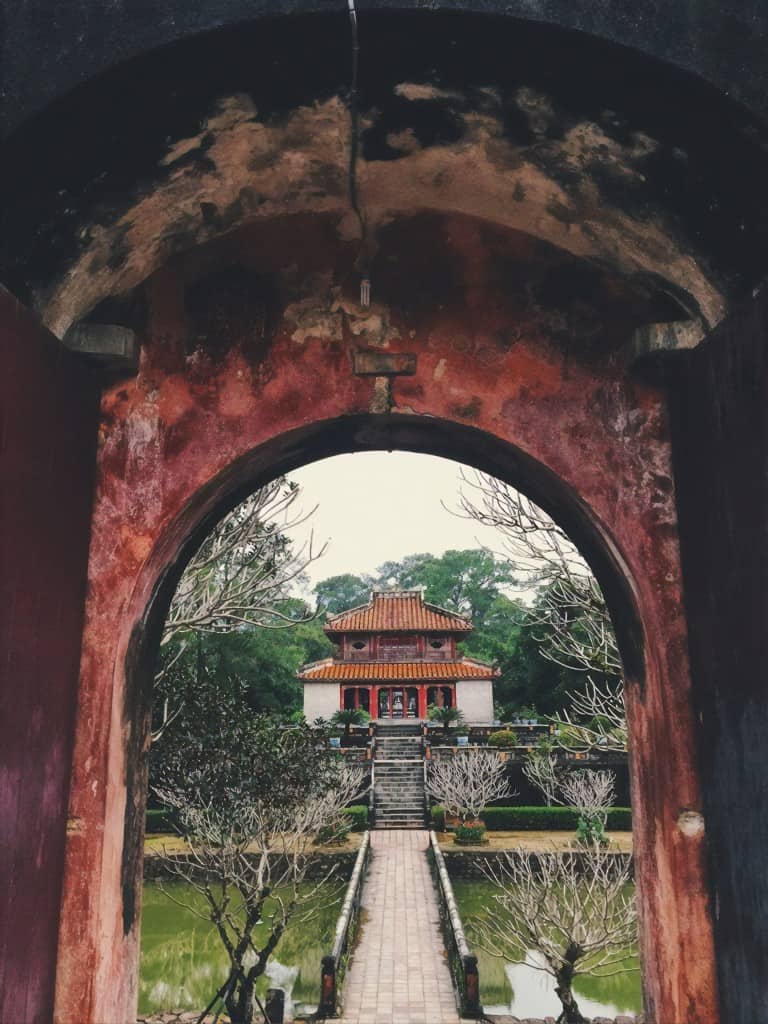
Hué
Hué served as the educational, cultural, and political centre of the Nguyen dynasty for 143 years. Later, in the 1880s, it became the Imperial Palace of the French protectorate. This historical shift is the reason behind the French-influenced architectural style. As the former imperial capital, Hué boasts ancient wonders, unique cultural traits, and delicious cuisine. Travellers with an appreciation for architecture will enjoy exploring the remnants of the French influence.
During the Vietnam War, Hué suffered significant damage due to its proximity to the North-South border. Subsequently, extensive reconstruction and rehabilitation efforts were undertaken to restore valuable historical relics.
Hué is also known for the renowned Buddhist monk, Thich Quang Duc. He tragically died by self-immolation at a busy intersection in Saigon in June 1963. His protest in Ho Chi Minh City was against the persecution of Buddhists by the US-backed South Vietnamese government. The event was captured in a poignant and iconic photograph, symbolizing a significant moment in the 20th century. Visitors can explore the iconic seven-tiered tower of Thiên Mu Temple, where relics such as his car are on display, offering an intriguing and pivotal glimpse into modern Vietnam’s history.
The ideal time to visit Hué is from February to April, when humidity is low. For travellers seeking to avoid crowds, mid-August to September is a preferable period to explore the city.
Thanks to its convenient location, Hué is accessible from Ho Chi Minh City, Ha Noi, or nearby Da Nang by plane, train, bus, or car.
Central Vietnam
Hoi An
With its quaint cobblestone streets, canals, and French-colonial architecture, Hoi An is a captivating UNESCO World Heritage site. An undeniable beauty of a town.
Situated on the central coast, this former bustling trading port boasts a renowned Old Town steeped in history. Many of its ancient shops have been thoughtfully re-purposed into modern establishments like tailors, art galleries, souvenir shops, and restaurants.
Despite the town’s transformation, it has preserved its vintage allure and distinct ambiance. Hoi An has been a hub for silk craftsmanship for countless years, harbouring numerous skilled artisans. No visit to Hoi An is complete without shopping for tailor-made clothing. The prices are reasonable, and the quality meets international standards. I still have my beautiful Ao Ba Ba, which is 23 years old and still going strong.
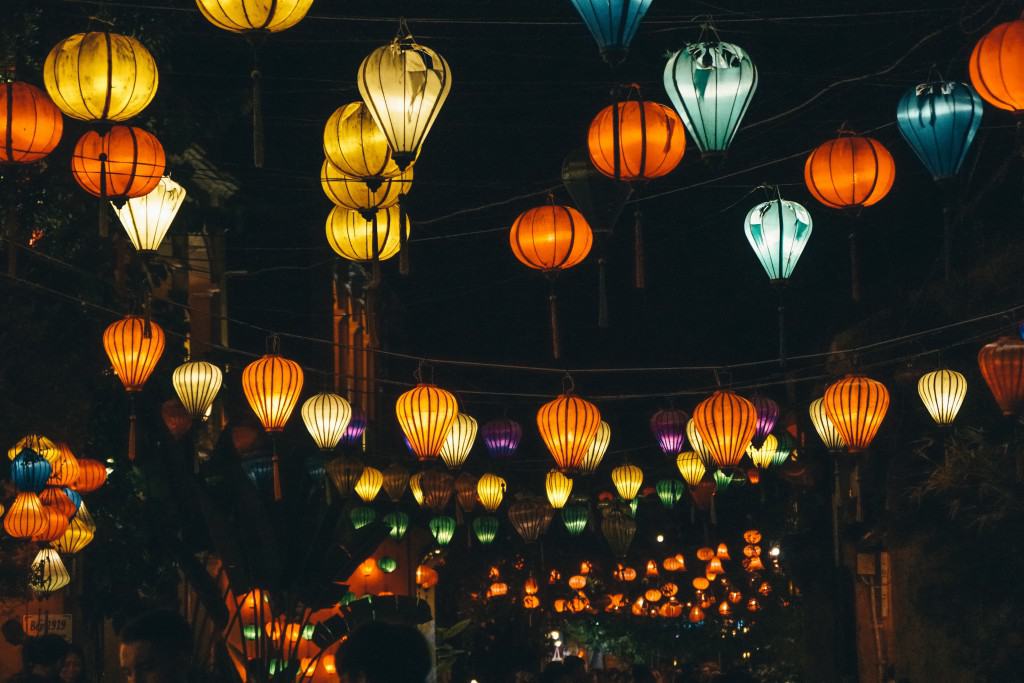
As dusk falls, the Old Town embraces a charming spectacle. Every night, electricity is switched off, and silk lanterns are hung from shop fronts. These enchanting lanterns illuminate the pathways and shimmer over the Thu Bon River. It’s an ideal setting for a romantic evening meal.
To enjoy Hoi An at its best, plan your visit between February and April, when the weather is warm and rainfall minimal. To reach Hoi An, fly into Da Nang or take the train from Ha Noi or Ho Chi Minh City.
Da Nang
Situated along the coastline, Da Nang is a relaxed city with breathtaking natural landscapes and many cultural sites.
To appreciate Da Nang, you’ll need a few days to immerse yourself and really get to the know the place. Embark on a trek to the Marble Mountains, a cluster of majestic peaks adorned with intricate cave networks and scenic trails. And don’t miss the opportunity to explore the many temples scattered throughout the area.
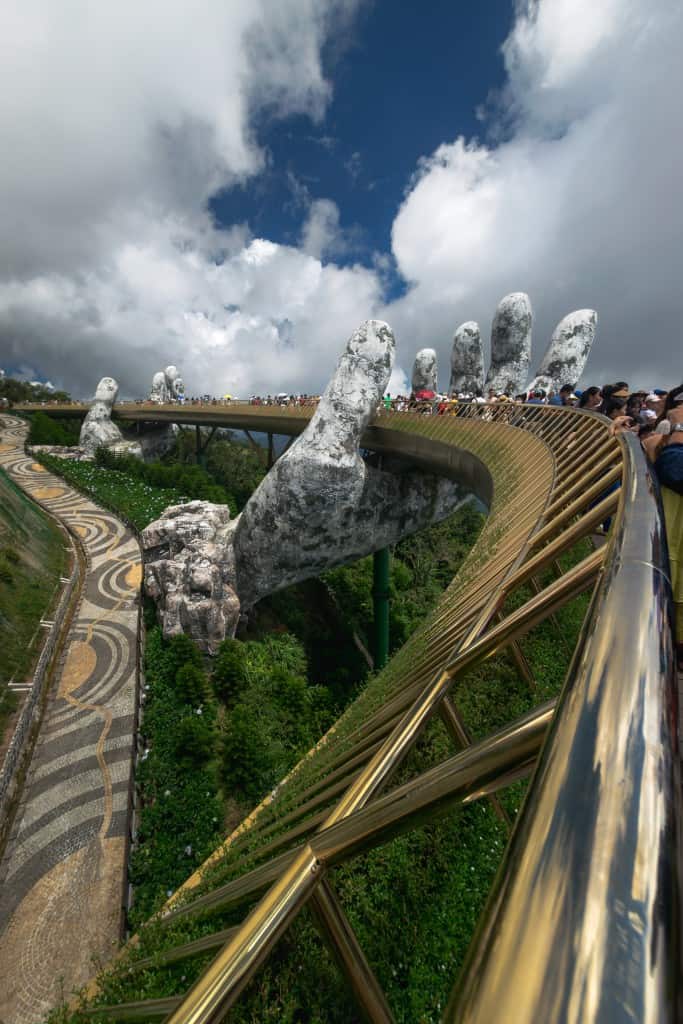
For ultimate relaxation, chill out at Khe Beach, a pristine stretch of white sand offering water sports. A visit to the recently unveiled (2018) Golden Bridge Hand is a must. This architectural marvel features two colossal stone hands emerging from the mountain, cradling a golden bridge. Suspended 1,400 meters above sea level, it provides panoramic vistas of the valley and the Truong Son mountains, captivating visitors from all over the world.
The weather in Da Nang is best from February to May. Da Nang International Airport is accessible from various airports within Vietnam and other parts of the world.
Southern Vietnam
The Mekong Delta
Dubbed the ‘Rice Bowl of Vietnam,’ the Mekong Delta is one of Vietnam’s most picturesque regions. It boasts a captivating landscape adorned with meandering waterways, mangrove forests, floating markets, and verdant rice fields.
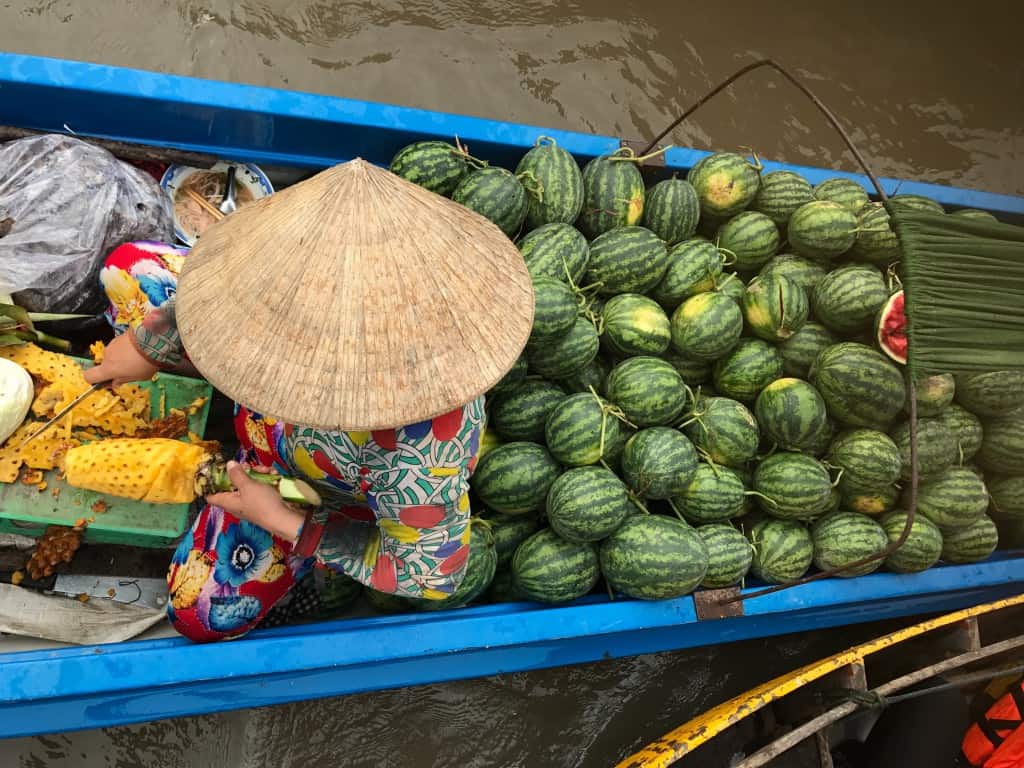
Life in this area revolves around Southeast Asia’s renowned river’s ebb and flow. Embarking on a boat journey along the Mekong allows you to explore its wonders. You can dock at floating markets such as Chau Doc, Can Tho, or Cai Rang. Witness the lively spectacle as traders and farmers gather to trade fresh fruits, veggies, and fish.
For a memorable experience, visit the Mekong Delta during the dry season, December to April. Due to its proximity to Ho Chi Minh City, you can hop on a bus and come for a day or two or three!
Cu Chi Tunnels
If, like me, you have a real interest in history and an adventurous spirit, you must visit the Cu Chi Tunnels. Listed among the TOP 7 most adventurous destinations in Southeast Asia and the Top 12 most attractive underground wonders in the world. The decades-old tunnel complex resembles a sophisticated hidden maze. You can glimpse the turbulent Vietnamese history and experience what it was like for Vietnamese soldiers during the war.
November to April is an ideal time to visit the Cu Chi Tunnels. It’s only about 30 miles north of Ho Chi Minh City so you can take a motorbike, car or bus from there to travel north to Cu Chi.
Ho Chi Minh City
Energetic, innovative and jammed with traffic (lots of traffic), Ho Chi Minh City, is the country’s economic heart.
“Whatever you do, don’t make eye contact with cyclists. Look straight ahead, take a deep breath and cross the street. The cyclists will avoid YOU.” That was the memorable advice I was given on my arrival in this busy city. A cosmopolitan metropolis, Ho Chi Minh’s dynamism draws together the old and the new. A true representation of the city’s turbulent past and exciting future.
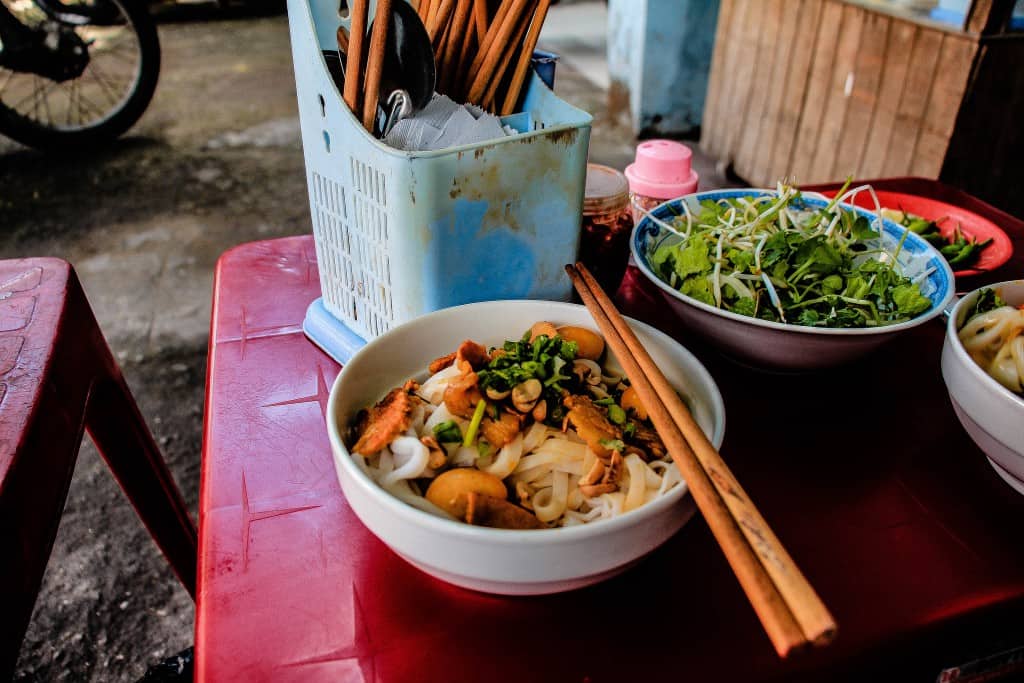
Eat a bowl of Pho, explore the markets, eat snails, try Vietnamese coffee, visit the War Remnants Museum, Reunification Palace (Independence Palace), and Notre Dame Cathedral. There are so many things to see and do in Ho Chi Minh City. Filled with old and new and brimming with culture, you need an entire week to try the food alone.
There are so many more places to see in Vietnam and so much more to say about this country. I could go on and on, but I won’t. Vietnam has it all and you will easily fall in love with the country.
